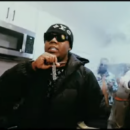Written by Deuce Ellis @DeuceEllis
Originally published on Medium
What is the key to wealth, freedom, access & influence in today’s world? Social currency.
In this article we’re going to explore some of the uses and theories behind social currency. Greater than money on its own, for if one were to loose a fortune, but maintained high social currency, new fortune is never far, (i.e. Kanye West loosing $13 million of his own money on his initial failed clothing attempt, to leveraging the Yeezus tour to a $25 Million gross and a new more lucrative and creatively free venture through Adidas).
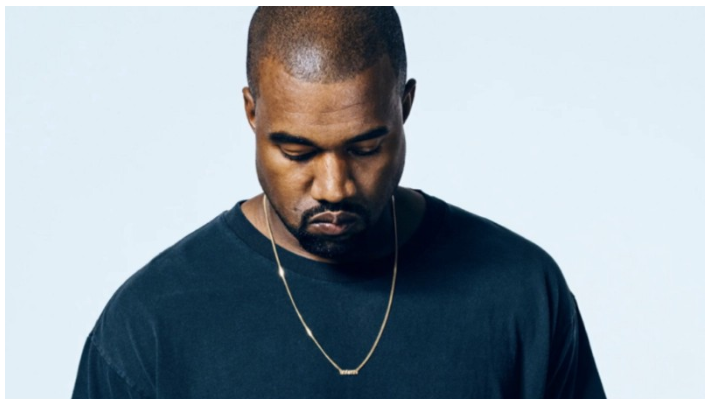
I will use examples from my own career, those of some of my dearest peers (DJ Boston Chery, Chelsea Reject), my mentor (Jo-Ná Williams) as well as those from figures that I find to be key examples of social currency at its finest use ( Curren$y, Chance the Rapper, Dwayne the Rock Johnson, Barack Obama, Donald Trump, Kanye West, the Medici Family, Drake, Ghandi + more) and insight from authors such as Seth Godin, Robert Greene, and Niccoló Machiavelli to show that social currency is the most ancient powerful form of currency. The goal of this is to inspire a new paradigm within the mind of the reader, particularly those of the creative verve — that through strong self identity and sense of purpose, through finesse and through craft, you can build or become a part of a community that forms a tribe around you. And why would you want a tribe around you? Well by the end of this article you’ll be watering at the mouth to build your own tribe.
“In their study on social currency, the consulting company Vivaldi Partners defined social currency as the extent to which people share the brand or information about the brand as part of their everyday social lives at work or at home. This sharing helps companies to create unique brand identities and earn permission to interact with consumers or customers. Social Currency moves social initiatives and campaigns beyond marketing and communications efforts to impacting and changing entire industries and categories. Consumers and customers will benefit as well as they increasingly participate in social platforms, and use social technologies.”
Social currency changes the world.
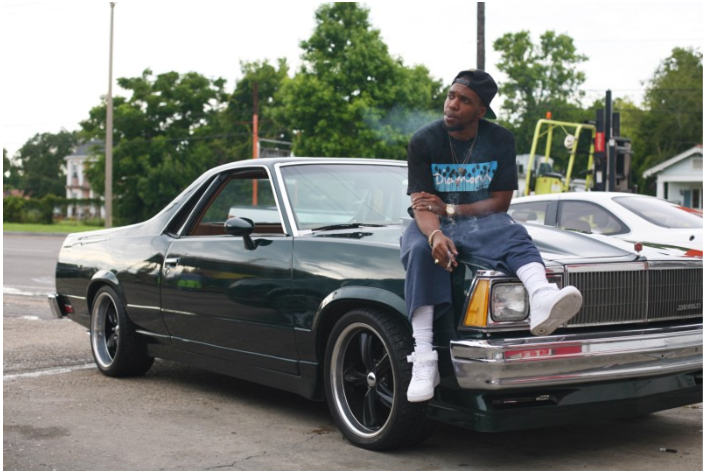
“Yes, I think it’s okay to abandon the big, established, stuck tribe. It’s okay to say to them, “You’re not going where I need to go, and there’s no way I’m going to persuade all of you to follow me. So rather than standing here watching the opportunities fade away, I’m heading off. I’m betting some of you, the best of you, will follow me.” — Seth Godin “Tribes”
Curren$y would follow this quote to the tee. Leaving Lil Wayne’s fledgling Young Money imprint, and lukewarm love from the big established radio behind, he took his best fans with him, and built a brand, a tribe that people could rally behind. This of course would provide Curren$y with something more precious than the prototypical major label deal would offer: wealth, freedom, access, and the only person Spitta Andretti is beholden to is his tribe of like minded individuals.
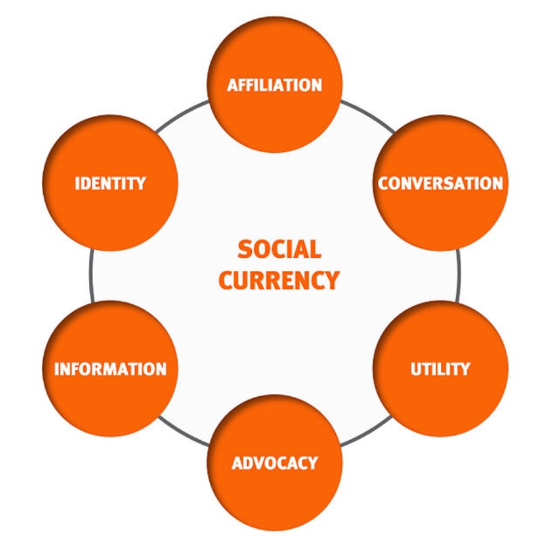
This circle of social currency levers is blowing the traditional sales funnel out of the water.
Chance The Rapper, who recently became the first unsigned, independent artist to perform on “Saturday NightLive” is another example of social currency put to great use.
Let’s see how Chance and Curren$y both have all levers oft he circle flowing, and the power that results from it.
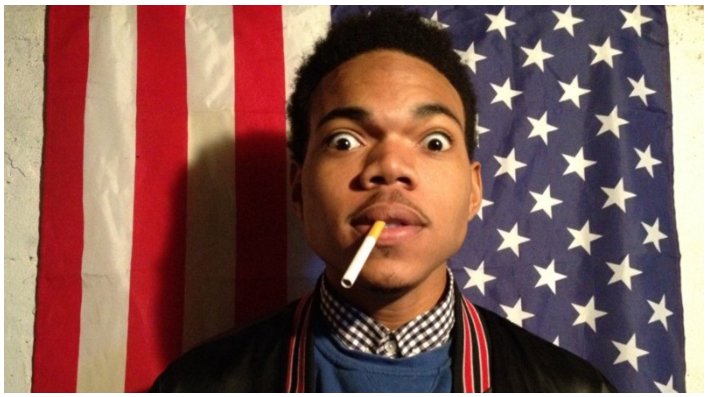
Fans and supporters find an identity through the affiliation with an artist, tribe, or brand (i.e. Curren$y’s “Jets”) and conversation is based off of the shared reality that gets created by Curren$y’s world. There’s utility to the art and the music (or whatever the product may be) — the tribe uses it to get by, to get high, to celebrate, to drive to and so on. Advocacy come in the form of support, of spreading the word, of coming out of pocket for concerts, merchandise, and whatever other way the tribe can extend itself on behalf of their leader. This is why Chance is able to tour and build wealth without a record label, or without even actually selling music. Chance redirected the conversation and chose his terms in the form of advocacy from his crowd, and the decision has paid well. Of course crucial to all of this is a means for your tribe to share and receive information. In our era we’re blessed with social media, which allows us access and build our tribe in new and streamlined ways, but the psychology behind social currency is as ancient as we are.
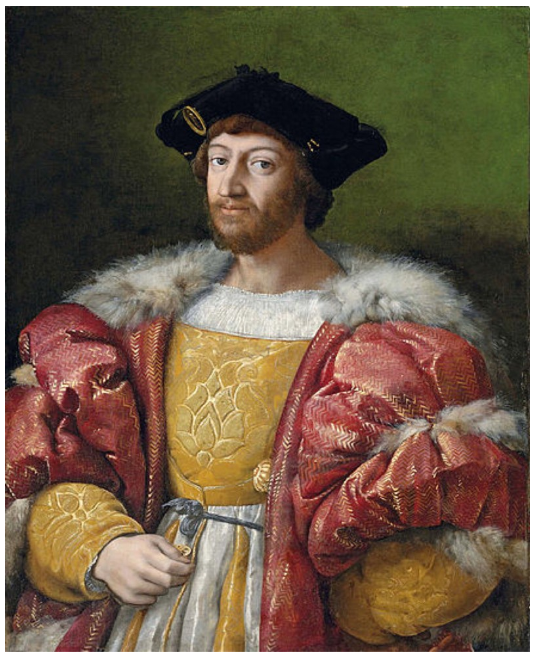
Even the Medici family was aware that money alone would not protect and prolong the wealth of the family. Something else was needed in the mix. Social currency. Through the funding of the arts, humanities, and architecture, the Medici clan would win over public favor that would’ve turned to malice against their considerable wealth and political influence. They aligned their brand with lofty ideals and the conversation and advocacy became based off that.
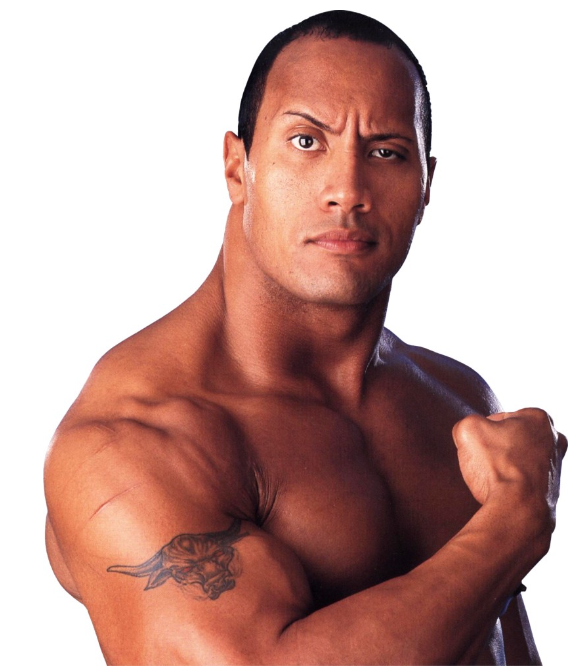
Dwayne “the Rock” Johnson may be a favorite case of mine for social currency. Maybe one of the ultimate cases. After going through a few different character phases — the “Rocky Maivia” phase, the “Nation of Domination” phase, and a run as a heel, the Rock would find the ultimate sweet spot in a role the embodied all best qualities of his natural personality. Even when booked as a “heel” or bad guy, the crowds would cheer for him. This would lead to merchandising of all sorts, too many headline spots to count, and the Rock rising to the top of his profession. But Dwayne Johnson didn’t stop within his industry. Because with social currency, you connect with people on a different level. The Rock’s tribe would follow him beyond professional wrestling. He’d leverage the social currency into a world record $5.5 million for an actor in his first starring role, a New York Times # 1 best seller, and a bevy of other boons. All this is possible because of “the millions, and Millions” that constitute the Rock’s tribe, huddled around his mission to entertain & to inspire.
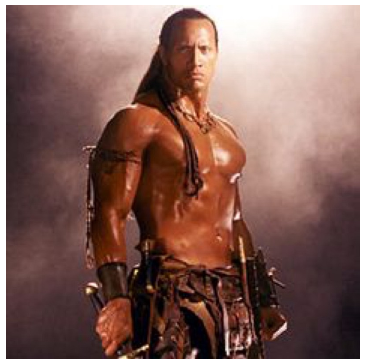
Social currency is the ultimate form of currency, because it is more powerful than money by itself. Presidential elections in America are prime examples of this. Barrack Obama would use this and the strength of his tribe to leverage a shoe string campaign budget into the millions needed for success. And even the act in itself, of the tribe rallying together to achieve a goal for their leader achieves an upping of the stock of said leader.
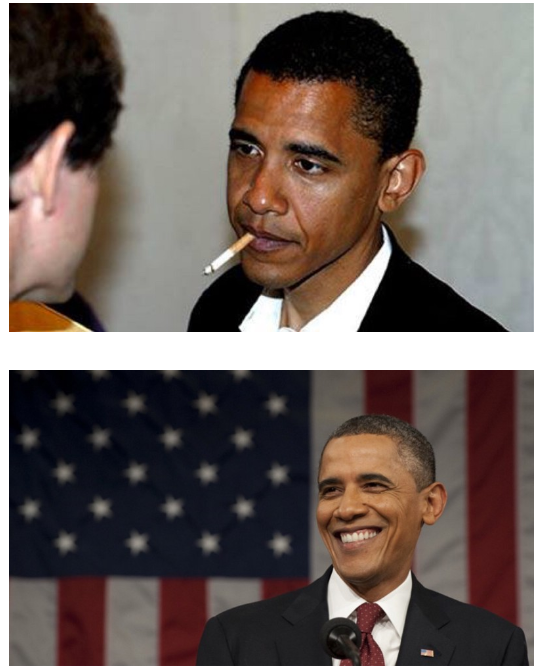
Now people are interested as to why so many people support this person/cause/brand. It’s a tactic that Bernie Sanders has picked up and is using brilliantly — in fact the centerpiece of Sanders campaign is that he seems to be the man of the “people” and “corporate/mainstream America” is doing everything possible to downplay his epic success. This is the. conversation amongst his tribe and it causes them to rally even more fiercely behind him.
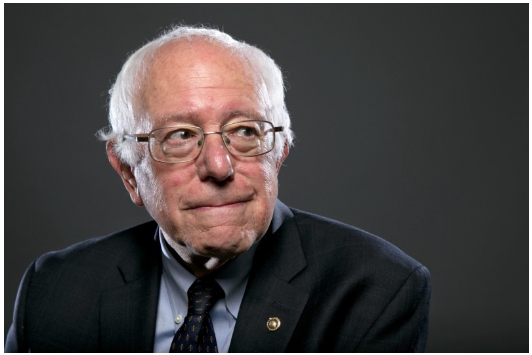
For better or worse, Donald Trump is leveraging his own social currency, but in a very different way. Already famous, and quite possibly infamous, Trump appears to be running as the ultimate villain. So even when there are hilarious parodies, paintings, memes and such depicting Trump as the evil villain, it fits his brand. And it feeds into the tribe of folks that his values align with. He’s caused more conversation than any of the other Republican candidates, hence why he’s leading the polls. Social currency is scary powerful man.
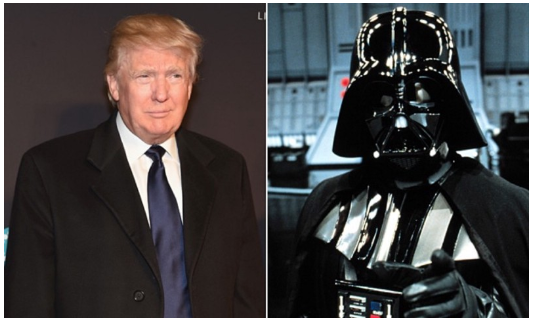
And the loss of social currency is worse than the loss of money.
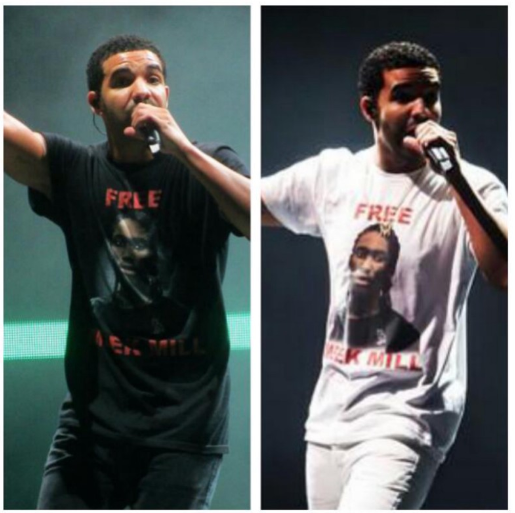
Let’s take the short lived, but entertaining rap feud between Meek Mill and Drake as a case study in how to quickly loose all social currency. Prior to the start of the battle Meek’s social currency was rising meteorically. His come up story in Philly was that of legend. He’d delivered us some big records as a major label artist. Circumstances would land him back in prison, but that would also help his social stock as people had something to rally around him by (“Free Meek Mill”). And when he was released, booed up with the baddest chick in the game, and his latest album went # 1, it seemed Meek was crossing the threshold to wealth via social currency. For all the world loves a winner and no one loves a looser. However by attempting to feud with an artist possessing much more social currency at the time in Drake, Meek put himself in a precarious position. From the start the advantages of Drake’s social currency would start to show as some people wrote the battle off before it began, however in instances like this, social currency can change hands rather quickly, and the opportunity to do so seemed apparent for Meek. When there was nothing powerful for the Meek tribe and those on the fence to identify with, advocate, or utilize, however, his circle of social currency was broken. Meanwhile members of the attacked tribe (attack the leader, attack the whole tribe), had already began rallying together. And when Drake went on the offensive, he left with the world and plethora for them to converse, advocate, identify, and spread information about. And so his social currency would take a dramatic spike up, and Meek would loose almost all social currency.
This is not to say that lost social currency can never be won back. But it is a great and difficult undertaking. Even Machiavelli would have to use his own exile to rebrand himself and create the type of social currency that would leave his name echoing through the annals of time.
So what about one trying to build social currency from the ground up?
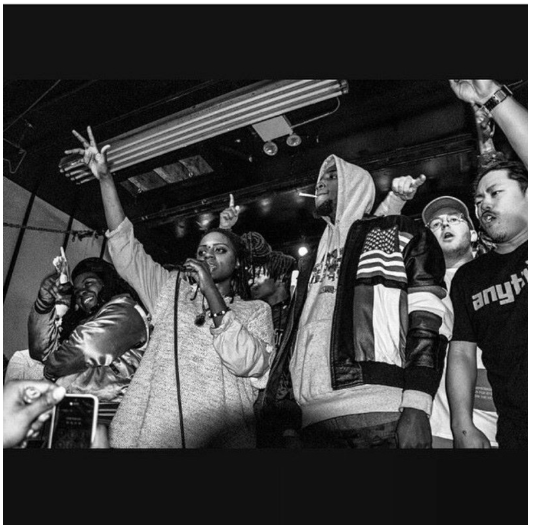
There are two young ladies emerging from the NYC scene who are prime examples of social currency at it’s finest use. DJ Boston Chery and Chelsea Reject, both good friends of mine, are crushing the scene and using that to build their tribes and take themselves beyond.
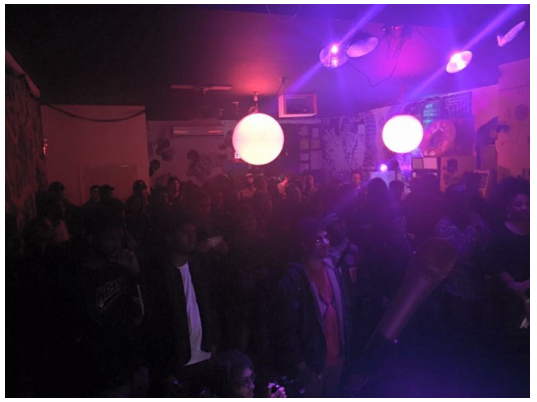
I know firsthand how Chery’s charming personality, a genuine love of people coming together for good vibes has made her magnetic. Her parties continue to be ever growing family affairs. Everyone there is an up and coming celebrity and everyone is family, so everyone comes, because who would want to miss out? She’s been uniting different brands, different artists, different movements, all under love and through music. She’s the quintessential “Charmer” as described in Robert Greene’s “The Art of Seduction”. Greene’s annex to that book “The Soft Sell” which focuses on seducing the masses is what Chery does from the heart, so naturally I don’t think that she even realizes it. From carefully selecting venues to curating the artists who perform, she sets and controls the vibe for her tribe to rock to, and grow to. She’s just focused on doing her thing. And of course, her tribe feels that, and they rally behind it, because it’s real.
And then we have Chelsea Reject, elusive, but such a powerful force of presence. Chelsea has a way of keying in to the struggle and the souls desire to overcome it, that instantly connects with people. And her shows and events seem to bring people together so that they can share in that same hope. Her tribe rallies around her own rise, as it represents the hope that we all can. Her elusive nature only feeds into the frenzy. There’s an anticipation you can feel in any crowd as her tribe anxiously sits through the other acts, waiting for their leader to come set the stage ablaze. Both Chery and Chelsea are leveraging their growing social currency into opportunities that see them traveling and excelling in their craft all around the world. I’m excited to see what they continue to turn it into.
I’ve used it personally this year. Frustrated with venues, I tapped into my tribe and asked them to help me book a tour. The response was tremendous — over 20 shows, in 10 different states, in about two weeks. And it didn’t stop there. The fans made the flyers, they booked the shows, the picked us up, drove us around, fed us, gave us drugs, drinks, and memories beyond imagine.
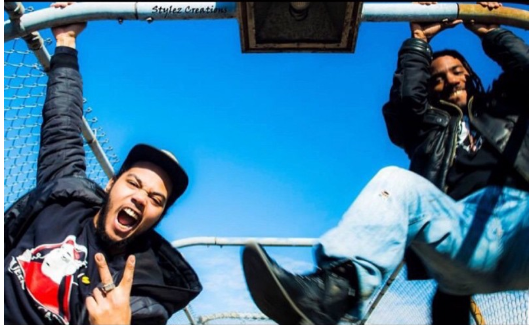
This led to investors seeking me out to help me produce my clothing line, which of course gave my fans more to rally around, and as people flooded my social media with pictures of themselves in my tee shirts and tagging the streets with my stickers, my own social stock grew.
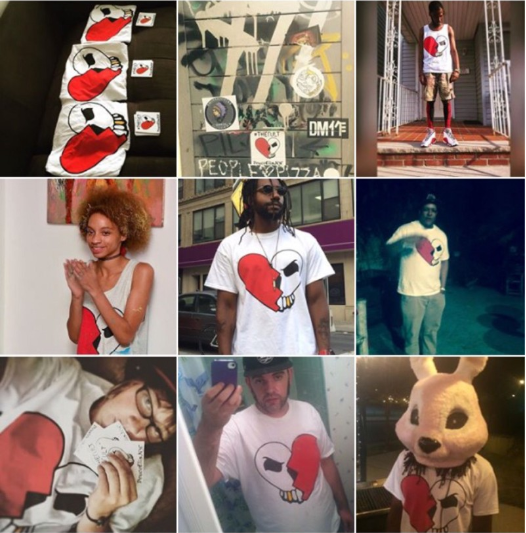
I’ve witnessed my coach and mentor, the amazing Jo-Nà Williams, set out on a mission to empower artists and the tribe of entrepreneurial driven creatives it has led to her and her to. This power gets parlayed into speaking engagements, cross branding opportunities, a thriving business, a top rated podcast on iTunes, and a write up on the Forbes website. The social currency allows her unlimited growth potential and opportunities beyond imagination. I know personally because I’m also apart of her tribe, and when she reaches out. for support, it’s not even a second thought. And you can have that power too.

Build your own brand, based on the principles and values that mean the most to you. Do what you love and focus on the people who love what you do. Nipsey Hustle leveraged $60,000 in one day from 60 avid fans, which is more money than many major label artists see in one million sales from causal listeners, and it. translates to more legacy and staying power.
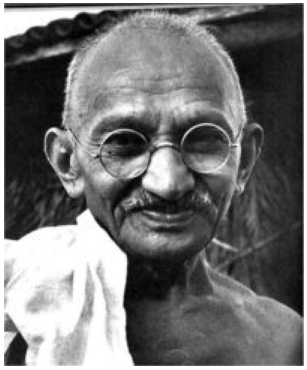
The greatest user of social currency that I know of, once convinced his tribe of over 250 million people to rally around his cause of a bloodless revolution. They’d go on to defeat the most powerful army of the time, without a single bullet flown. The key to wealth, power, influence, access, and even large scale change is social currency. And to quote the great Ghandi himself “Be the change you wish to see.”


![[Audio] "Wrong Turns" - Zeno](https://upcominghiphop.net/wp-content/uploads/2015/12/Screen-Shot-2015-12-27-at-10.46.01-AM.png)
![[Interview] Cinco Talks Idols, Milwaukee Hip-Hop, New EP, and More](https://upcominghiphop.net/wp-content/uploads/2015/12/11825188_1028838967134608_5673203769617412952_n.jpg)
![[Audio] "Gun Walk" - $ha Hef](https://upcominghiphop.net/wp-content/uploads/2016/02/Screen-Shot-2016-02-22-at-8.14.57-AM.png)
![[New Music] 'DirtyGame' EP - Slayter](https://upcominghiphop.net/wp-content/uploads/2016/02/Screen-Shot-2016-02-13-at-2.03.58-PM.png)
![[Audio] "Quarter Water" - LightUpp Prod. Dre Deuce](https://upcominghiphop.net/wp-content/uploads/2016/02/Screen-Shot-2016-02-03-at-7.41.03-PM.png)
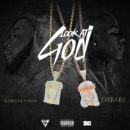

![[Audio] "You Ain't Recognized" - Chris Rivers](https://upcominghiphop.net/wp-content/uploads/2015/08/Screen-Shot-2015-08-27-at-5.22.07-PM.png)
